
Kawasaki recently took the wraps off the 2019 Ninja 1000 in India. The sport-touring motorcycle goes head on against the Suzuki GSX-S1000F and the Ducati SuperSport in the country. How does it fare against its rivals? We find out in this competition check.
Design
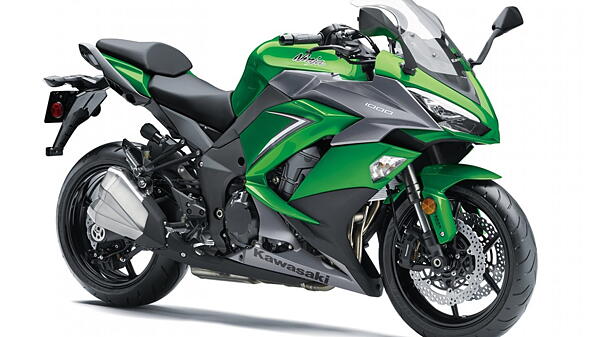
The Ninja 1000’s only change for 2019 is the revised decals. While it might not seem like a lot, these graphics make the side fairing look even sharper. It continues to sport the aggressive design language that was introduced in the previous model. It shares its underpinnings with its streetfighter sibling, the Z1000.
The Suzuki GSX-S1000F also gets sharp styling and is essentially a GSX-S1000 with a full-fairing. The Ducati SuperSport too borrows styling from its siblings. It gets its fairing design derived from the Panigale and the rear section from the Monster range.
Engine
The 2019 Ninja 1000 is powered by a 1043cc in-line four cylinder mill which churns out 140bhp at 9,600 rpm and 111Nm of torque at 8,800 rpm. This unit is mated to a six-speed gearbox and slipper clutch.
The Ducati SuperSport shares the same 937cc L-twin Testastretta engine as the Multistrada 950 and Hyperstrada 939. It produces 110bhp at 9000rpm and 93Nm of torque at 6500rpm and is mated to a six-speed gearbox and slipper clutch.

The Suzuki GSX-S1000F on the other hand, features a 999cc in-line four engine. It produces 144bhp of power at 10,000rpm and 105.75Nm of torque at 9,500 rpm, making it the most powerful bike among the three.
Electronics
While the Suzuki is the most powerful, it is also the least equipped. Its electronics package consists of a three-mode traction control system and ABS as standard. The Kawasaki Ninja 1000 gets a 6-axis Inertial Measurement Unit (IMU) with riding aids such as traction control, cornering management system and ABS. The bike also features two power modes- Full Power which delivers 100 per cent and Low Power which limits output to 70 per cent.
The SuperSport features a ride-by-wire throttle system, three-level ABS unit, eight-level Ducati Traction Control (DTC) and multimedia system for the rider’s smartphone. The SuperSport also features three rider modes- Urban, Touring and Sport.
Cycle parts
Stopping power on the Ninja 1000 comes from 300mm twin discs up front and a 250mm disc at the rear. It rides on 41mm inverted front forks along with a rebound and preload adjustable monoshock at the rear. The bike also sports a 19-litre fuel tank, the largest in this list.
The Suzuki GSX-S1000F uses 43mm inverted forks and a preload and rebound adjustable rear monoshock. Braking duties for the front are done by 310mm dual discs and a single 220mm rear disc. The GSX-S1000F is equipped with a 17-litre fuel tank.
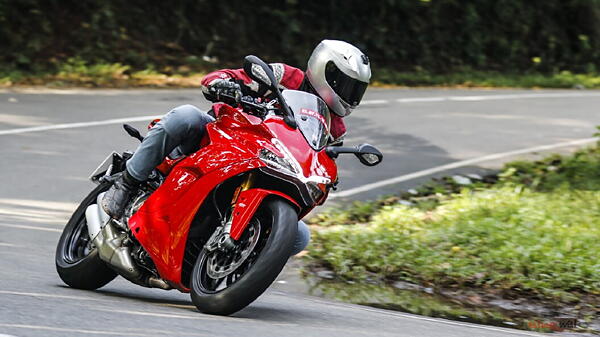
The Ducati SuperSport’s suspension duties are taken care of by 41 mm forks at the front and a monoshock for the rear that's adjustable for spring pre-load and rebound damping. Stopping power for the bike gets 320mm discs up front and a single 245mm disc in the rear.
Pricing
With a price tag of Rs 9.98 lakhs, the Kawasaki Ninja 1000 is the least expensive bike in this list. The Ducati SuperSport comes in second at Rs 12.04 lakhs. The Suzuki GSX-S1000F is the most expensive bike here priced at Rs 12.70 lakhs.
All priced ex-showroom, Delhi.

![Kawasaki Ninja 1000 [2018-2019] Image Kawasaki Ninja 1000 [2018-2019] Image](https://imgd.aeplcdn.com/272x153/bw/models/kawasaki-ninja-1000-2019.jpg?20190103151915&q=80)

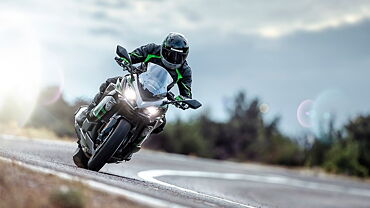
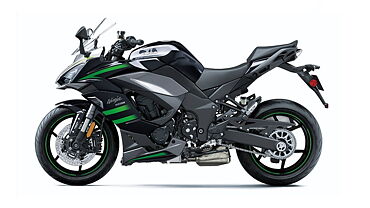
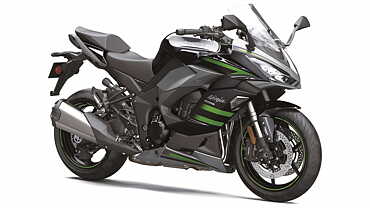
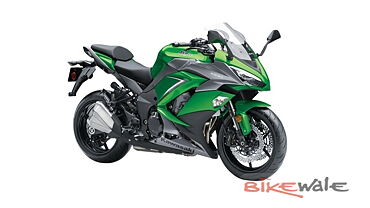

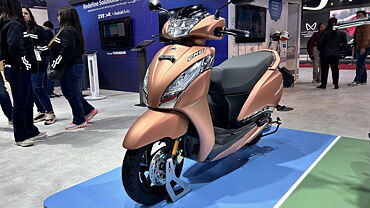
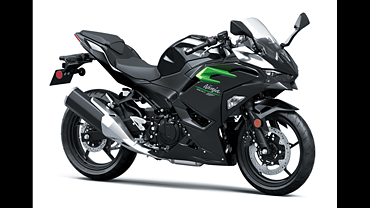
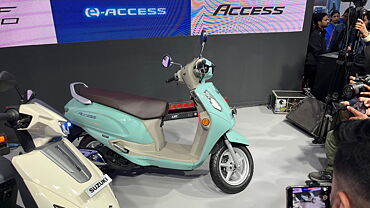
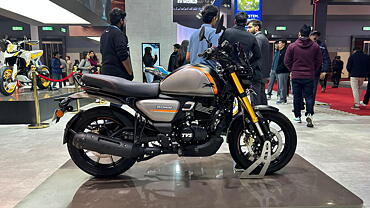
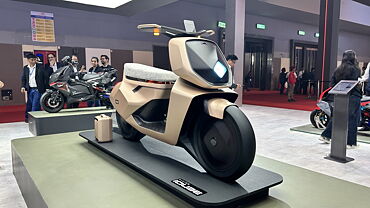
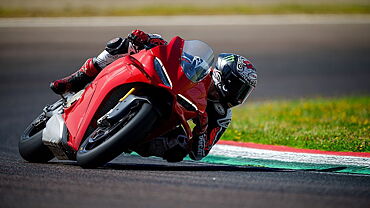
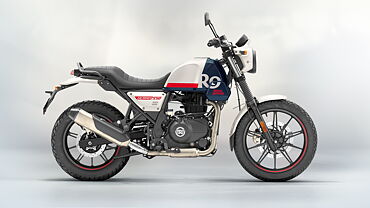
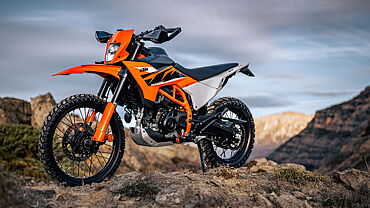

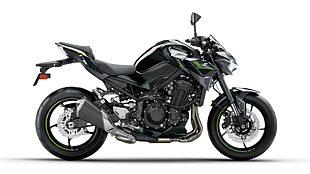
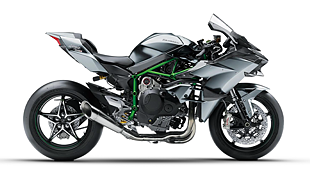






![KTM 390 Adventure X [2025] KTM 390 Adventure X [2025]](https://imgd.aeplcdn.com/272x153/n/cw/ec/190885/390-adventure-x-2025-right-side-view.jpeg?isig=0&q=80)